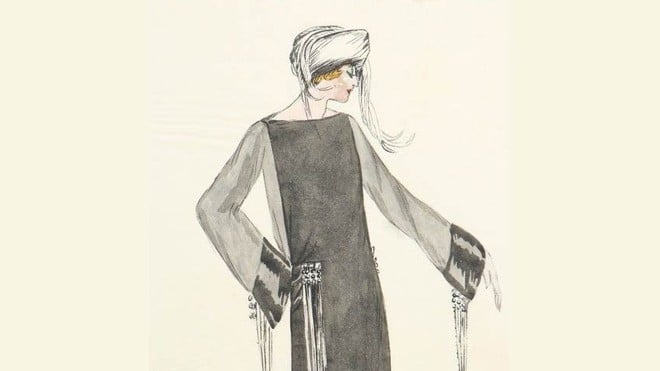
The economic edifice of the entire women’s fashion industry rests on understanding what makes intended audiences tick, and their hopes and image of the self in particular

Last year, it was an advertisement for a clothing brand featuring a 5-member flash mob. These women performed an awkward dance routine in the middle of Anarkali with pained expressions while the men ogled on, utterly confused and completely oblivious to Beyonce’s empowerment message playing in the background. The idea rightfully received a lot of flak for being tone deaf.
We seem to have come a far way since then, albeit not far enough. With what ostensibly marks the beginning of it, we are ready to welcome the advertisements of lawn season.
A seemingly bold campaign encouraging women to embrace ‘imperfections’ is a first in the series. It is quite literally everywhere. And everywhere, sadly it stops short of being meaningful. The billboards and print ads feature women looking flawless -- women who through screens in homes all over the country, by and large, dictate what beauty must look like -- pointing out what features are considered ‘imperfect’, by ‘societal standards’ (the qualification arrives).
A viewer is left searching for the woman in the advertisement with hair like a bird’s nest or a mole placed so that it diminishes whatever charm the face holds. Instead, he or she is met with ubiquitous glamourised images of tousled ringlets and what appears to be from the looks of it a barely-there beauty mark. Also, what is so groundbreaking about wearing a pair of converse with shalwar kameez? To close the ad, and keep the message ‘ultra-relatable’, there is an attractive model with smouldering eyes and a jawline that could cut glass, reminding us… what was it? Oh yes, imperfection is perfection.
A nauseating oxymoron. Right in the same league as madness is genius. Vacations with kids. Or, corporations care… See what I mean… the list goes on.
Another much-loved Pakistani brand is currently teasing lawnophiles with some heavy philosophical propositions. All the while, a model playfully runs across gigantic rooms and swaying cherry blossom gardens in a regal Disneyesque mansion while urging women to be bold and unique, and just ‘be’ at the end -- to spice it up, she carries a briefcase at times with a determined look. But, the ad is largely pretty, pink and floral.
While it gets tricky when brands board the activism bandwagon, it is trickier when they ‘sell’ empowerment to women. By humanising brands even as ambassadors regurgitate scripted stories of struggles and triumphs, the floodgates of empathy open up, viewers may have tears in their eyes and an impulse to give a standing ovation because it strikes a chord at some level -- understandably so.
The economic edifice of the entire women’s fashion industry rests on understanding what makes intended audiences tick, and their hopes and image of the self in particular. It could potentially crumble if there was no internal conflict for them to capitalise on. These brands are out there to make profits like all other businesses; they are not driven by their compassion towards the very real issues that women face.
This distinction is important.
Critique and debate centred on such ad campaigns, however, teeter dangerously on the fine line between undermining other women’s experience with self-image and questioning if brands are convoluting significant debates for corporate gains. But then a conversation starts; all publicity is good, right? Even though it is easy to spot half-hearted attempts at touching audiences when incongruity between the thematic underpinnings of an advertisement and the visual execution manifests itself, it is not easy to call them out. The advertisements may often be loaded, and provide a fantasy reality that flirts with delicious possibilities of power and fulfilment; instinctually, women will want to buy into the idea that if they can look the part, they can gain control over their lives and a better future awaits them.
Realistically speaking, it will be a long time before a woman’s worth is determined by more than physical appearance and to rely on fashion brands to define ‘empowerment’ for women seems to be counterintuitive. But, like a colleague pointed out, why not at least try to hold them to a higher standard?
As women, we owe that much to ourselves.